Space-based Observations
Space mission instrumentation team
Space-based astronomy allows us to observe the Universe at all wavelengths without being affected by the Earth's atmosphere. The Advanced Technology Center also develops instruments to be mounted on spacecrafts. Combining mature technologies used on the ground with existing space technologies is an important process in technology development for space instrumentation.
SOLAR-C
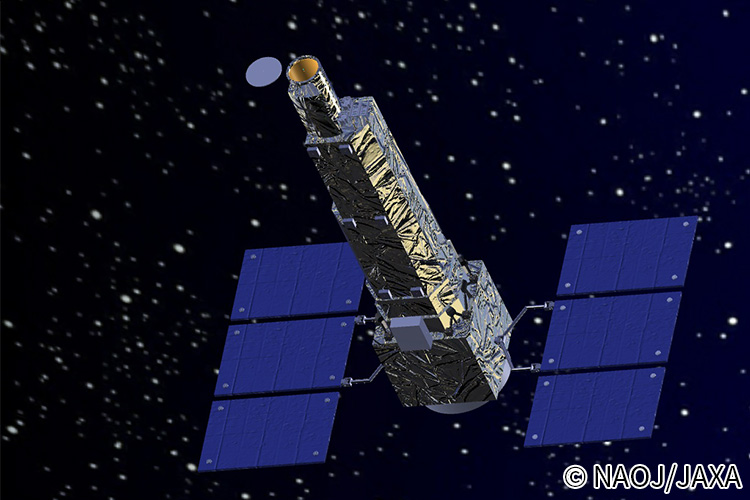
SOLAR-C is the next-generation Japanese solar observation satellite mission being prepared for realization in the late 2020s. The high-resolution and high-sensitivity instruments working in the extreme-ultraviolet wavelength range will perform spectroscopic observations of the Sun over a wide temperature range, seamlessly covering from the ten thousand-degree chromosphere to the million-degree corona. By realizing advanced observations to characterize the flow of energy and hot plasmas, we aim to elucidate the mechanisms of solar activity phenomena driven by magnetic fields. The Advanced Technology Center provides the optical design and supports the interface design between the components of the instrument.
JASMINE
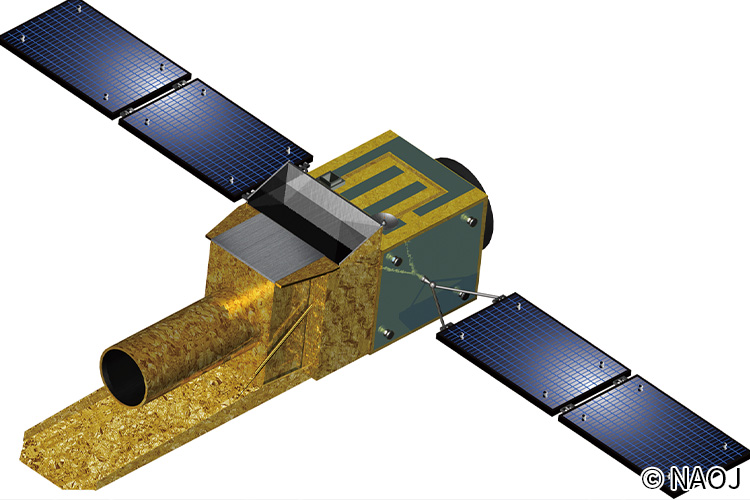
JASMINE, the world's first infrared astrometry satellite, is expected to launch in 2028. It will measure stellar positions and motions with a high precision of a few tens of micro-arcseconds in the central region of the Milky Way Galaxy, which are difficult to measure using visible light. Such measurements will reveal the evolution of the entire Milky Way Galaxy through exploration of the traces of the Galactic evolution hidden in the central region. JASMINE will also search for terrestrial planets in the habitable zone around stars smaller than the Sun.
The Advanced Technology Center contributes to JASMINE with research and development for the near-infrared image detectors and an imager system to cool them down to -100°C.
CLASP and CLASP2
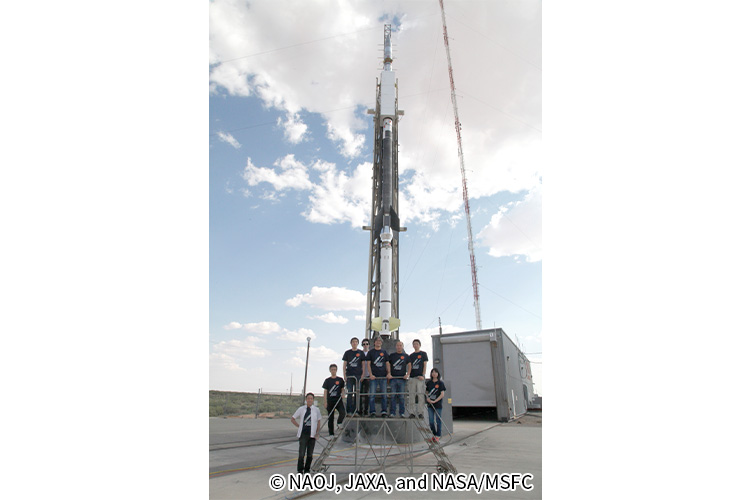
This program conducted high-precision (<0.1%) spectro-polarimetry of the UV spectral lines emitted by the solar chromosphere and transition region (the thin layer between the chromosphere and corona) using NASA sounding rockets. The design, integration and testing of these instruments were conducted with the support of ATC.
CLASP (2015) and CLASP2 (2019, 2021) succeeded in the first spectro-polarimetric observations of the UV spectral lines and revealed the magnetic fields just below the corona. The demonstration of the new observing technologies will open up a new window for future missions including SOLAR-C.
SUNRISE-3
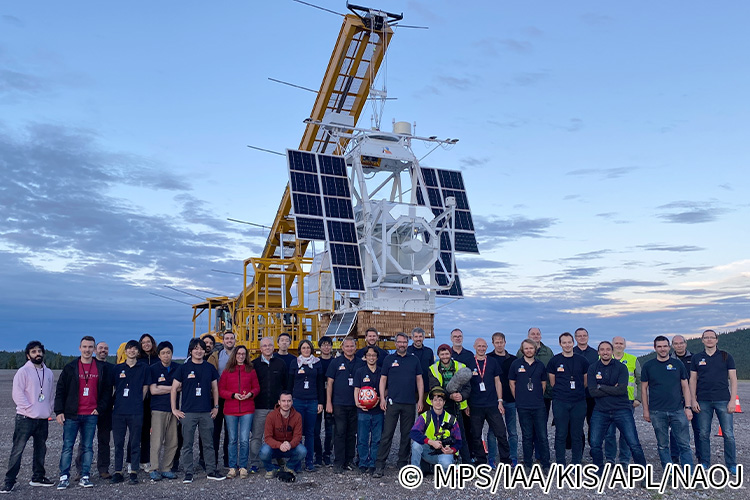
SUNRISE-3 is an international balloon project, planned for flight in 2024, to observe the Sun from the stratosphere with a large optical telescope with a 1-meter aperture. High-resolution and high-precision spectropolarimetry at near-infrared wavelengths will be used to measure three-dimensional magnetic structures in the solar atmosphere and to study the transport and dissipation processes of magnetic energy. In addition to opto-mechanical design and fabrication of a near-infrared spectropolarimeter that will work in the thermal vacuum environment during the balloon flight, tests to demonstrate the performance were conducted using the clean room and thermal vacuum facilities at the Advanced Technology Center.
FOXSI-4
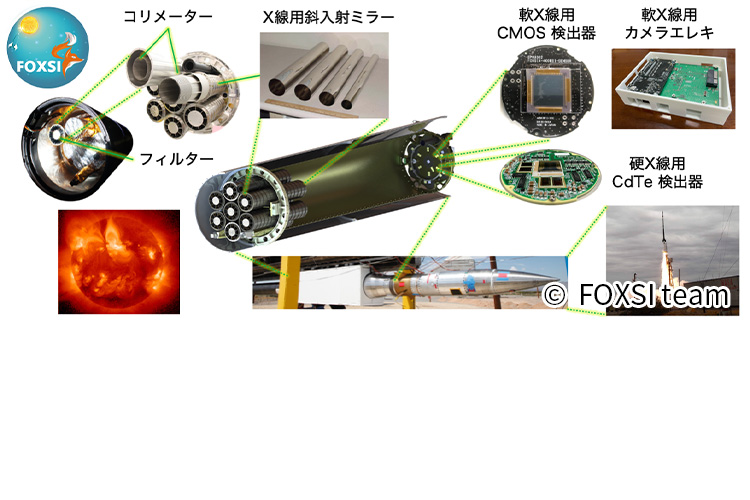
FOXSI-4 is a US-Japan joint sounding rocket experiment for X-ray focusing imaging spectroscopic observation of a solar flare, which is being prepared for launch in the spring of 2024. In this experiment, X-rays are collected by high-precision mirrors and captured by a high-speed camera capable of taking hundreds of images per second, thereby measuring the information of each individual X-ray photon. If this technique can be used successful for the first time in the world, it will yield physical information on high-energy phenomena produced by solar flares with unprecedented accuracy. This will greatly advance our understanding of the mechanisms of energy release, conversion, and propagation that occur in solar flares.
The Advanced Technology Center is supporting the development and evaluation of a high-speed camera for soft X-rays using a back-illuminated CMOS sensor and a pre-collimator fabricated by a metal 3D printer.
